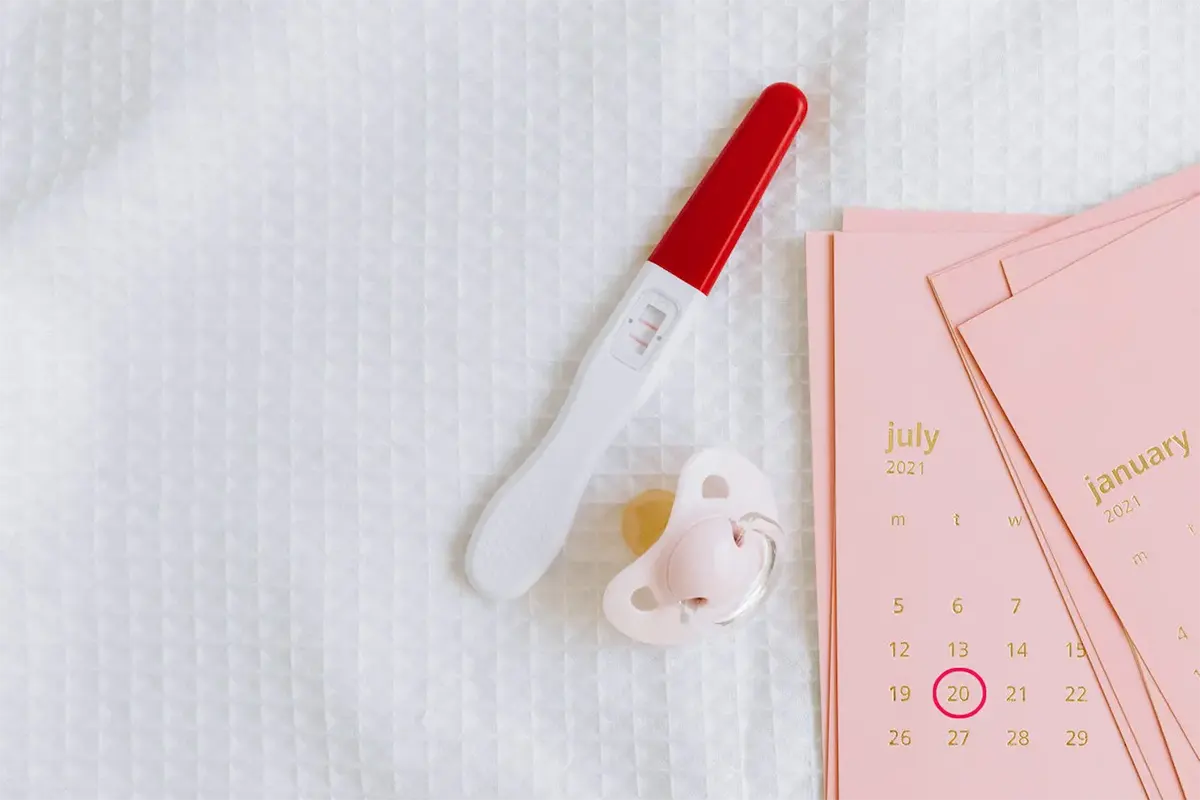Living a lifestyle rooted in tradition and faith, the Amish are known for their unique customs and beliefs. But amidst their seemingly idyllic existence, a question arises: do Amish people take birth control?
Traditionally, the Amish people oppose and condemn all birth control methods. The Amish church believes contraception interferes with God’s will and natural order. However, there is no religious doctrine about birth control, as Amish ordinances and practices can vary among Amish groups.
In this article, we’ll explore the Amish approach to family planning, its cultural significance, and what it reveals about their way of life.
What Is Forbidden for Amish Women Regarding Birth Control?
While no religious doctrine forbids Amish women to practice birth control, some general beliefs and traditional practices are commonly observed in many Amish communities.
Amish society is taught that God is the author of life and that all Amish girls must be open to having children as part of God’s plan when the right time comes. Procreation is one of the main priorities when the Amish marry.
As a result, when some of these Amish girls marry, they rely on natural family planning methods to space out their children’s births or for any health and financial grounds.
Modern birth control methods, such as hormonal contraception, intrauterine devices (IUDs), and artificial options like birth control pills, mini-pills, patches, shots, and vaginal rings, are strictly forbidden in many Amish communities.
Some Amish leaders, whether from New and Old Order Amish groups, may view them as sinful or immoral since they are artificial barriers that may likely prevent God’s blessings from happening.
What Kind of Birth Control Do They Use?
As established earlier, while many Amish communities forbid women to use birth control, especially those used in the modern world, in fear of putting an indestructible wall between couples and God’s blessings, some Amish from the general population use birth control by more natural means.
These natural family planning methods include calendar calculation, basal body temperature charting, and lactational amenorrhea.
Theoretically, since these natural options are not 100 percent effective all the time, they still leave room for God’s perfect will, just in case. Unlike artificial birth control methods, Christians hardly see these as “taking a life away.”
Calendar Calculation
Calendar calculation is a method of family planning that involves tracking a woman’s menstrual cycle to estimate when she is most likely to ovulate (release an egg from her ovaries) and, therefore, most likely to become pregnant. It is also known as the calendar, fertility awareness, or rhythm method.

Using the calendar method, the Amish typically begins tracking her menstrual cycles for several months to establish the length of her average cycle.
She then identifies the period of her menstrual cycle when she is most likely to ovulate based on the number of days before and after her average cycle length. During this period, Amish couples can avoid sexual intercourse.
Basal Body Temperature Charting
Basal body temperature (BBT) charting is a method of birth control that involves tracking a woman’s basal body temperature throughout her menstrual cycle to identify the days when she is most likely to ovulate and, therefore, most fertile. This method is also known as the symptothermal method.
Using BBT charting as birth control, an Amish woman takes her temperature every morning before getting out of bed, ideally at the same time each day. She then records her temperature on a chart to track changes throughout her menstrual cycle.
During the first part of the menstrual cycle, the basal body temperature is typically lower, but it rises after ovulation due to an increase in the hormone progesterone. By tracking these changes, the Amish woman can identify the day of ovulation and when she is most fertile.
Amish couples can abstain from sexual intercourse or use contraception during the fertile window to prevent pregnancy. This method can be effective if used correctly and consistently, but it requires high commitment and discipline to track temperature accurately and unfailingly.
Lactational Amenorrhea
More Amish females use lactational amenorrhea as a natural form of birth control. Lactational amenorrhea occurs because the hormone prolactin, released during breastfeeding, can suppress the release of other hormones necessary for ovulation.
As a result, Amish women who exclusively breastfeed their babies and have not resumed menstruation are less likely to become pregnant.
However, specific criteria must be met to use lactational amenorrhea as a reliable form of birth control. These include:
- The baby is less than six months old.
- The mother exclusively breastfeeds the baby, with no supplemental feedings or pacifiers.
- The mother has not resumed menstruation since giving birth.
- The mother is not using hormonal birth control.
If these criteria are met, lactational amenorrhea can be up to 98% effective at preventing pregnancy in the first six months after giving birth. However, the effectiveness of lactational amenorrhea decreases as the baby starts to consume solid foods, the frequency and duration of breastfeeding decrease, or the mother resumes menstruation.
Do Amish Use Condoms?
Condoms are considered a modern and artificial form of birth control. The Amish reject modern and artificial things by nature. Therefore, the use of condoms by Amish men is strictly forbidden and condemned in most, if not all, Amish communities.
Why Do Some Amish Families Practice Birth Control?
The Amish community is not monolithic, and practices can vary among different sects and communities. As with any community, some Amish couples marrying with health or financial limitations may choose to use birth control.
According to a book named “An Amish Paradox,” an Old Order Amish woman commented that artificial birth control is wrong when used for selfish reasons. There won’t be any problem for married couples as long as the reasons behind it are medical and financial issues.
On the other hand, a father from New Order Amish stated that many Amish use birth control now. Apparently, the only thing that bothers them is their conscience about it.
Why Do The Amish Have Larger Families?
Now, let’s look further at why Amish people have large families and where birth control can fit in. In addition to their religious beliefs, there are practical reasons for the Amish emphasis on large families.
Amish children are highly valued, and having many is seen as a way to fulfill God’s commandment to be fruitful and multiply. It is also seen as a sign of prosperity and a source of strength for the community.
The Amish are a close-knit community that relies heavily on agriculture and manual work to sustain their way of life. Having many Amish children ensures a steady labor supply to help with the farm work and other tasks necessary for the Amish community to function.
How Many Children Do They Have?
The number of children that Amish families have can vary widely depending on several factors, including individual beliefs, family circumstances, and community norms. However, it is common for Amish families to have six to eight children, and families with more than ten children are not unheard of.
The Largest Amish Family Known to Date
Today, John Troyer from near Kokomo, Indiana, holds the record for having the largest Amish family. He has twelve children with his first wife, two-step and seventeen violations with his second—a total of thirty-one Amish children inside their household.
Conclusion
At the end of the day, the decision to have a large family ultimately rests with each Amish couple. Even though there’s no written rule in any Amish church in America that is against delaying or spacing-out births, they respect individual decisions regarding family size while still upholding the value of children and the importance of family in the Amish culture.
While most Amish couples prefer it large, some may opt for smaller families due to personal circumstances or beliefs. Hence, some Amish use birth control to regulate the number of children in their household. Anyway, having more than one can handle is a sin, too.






